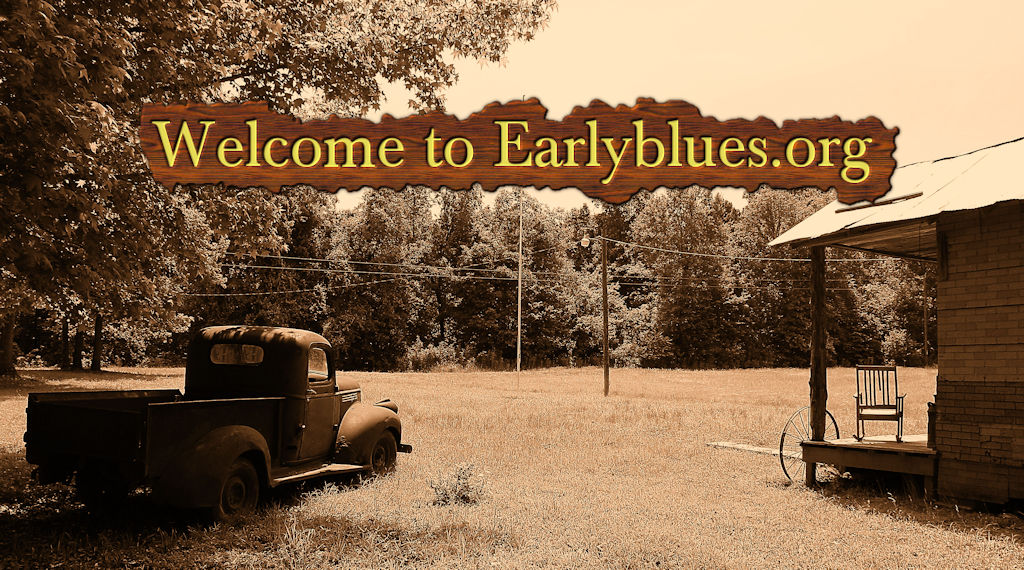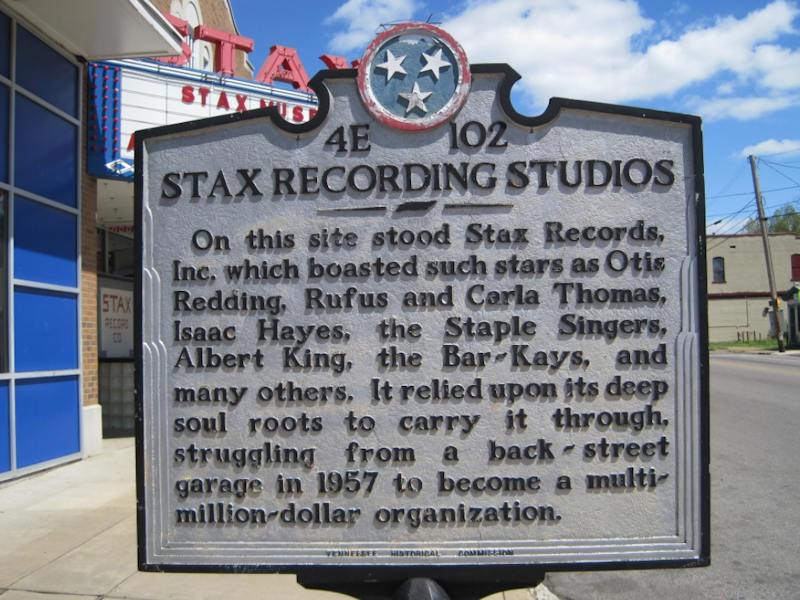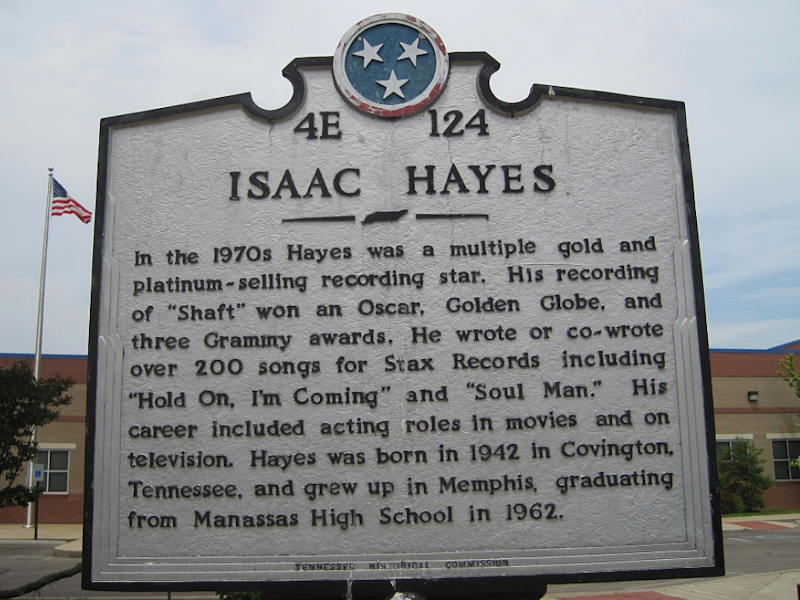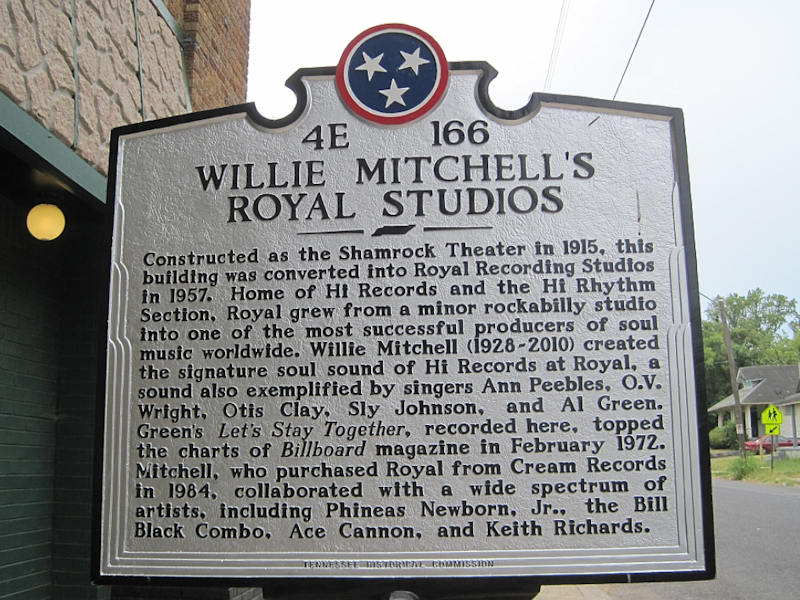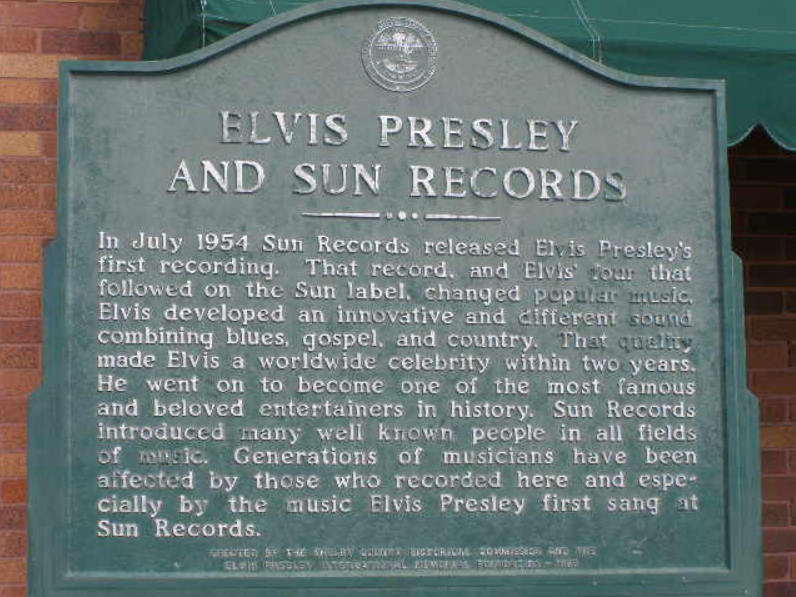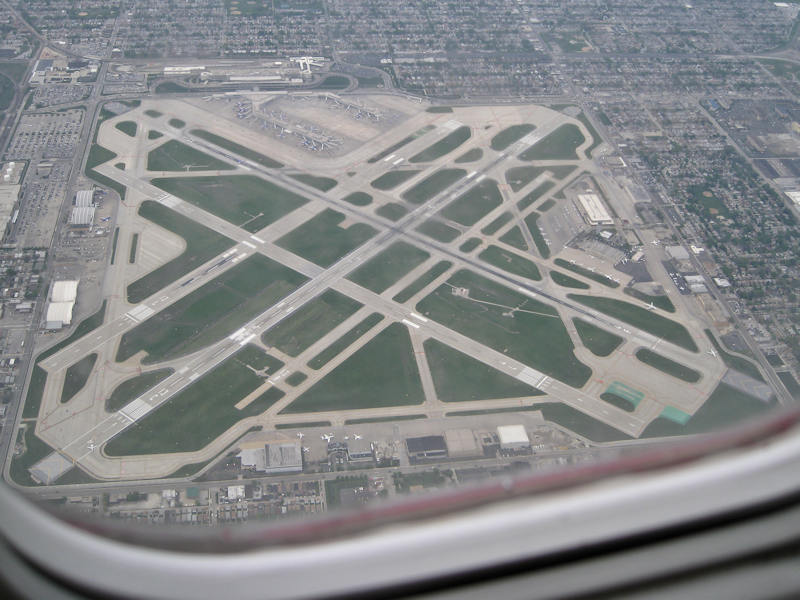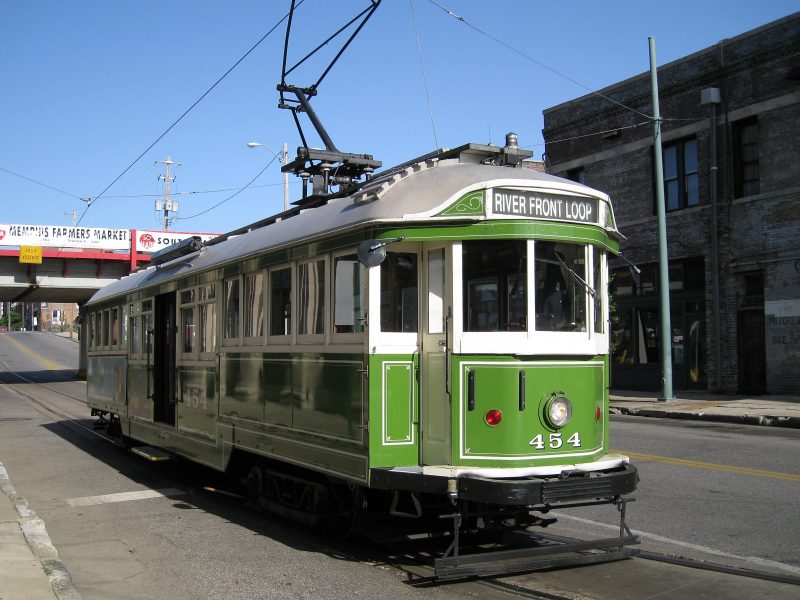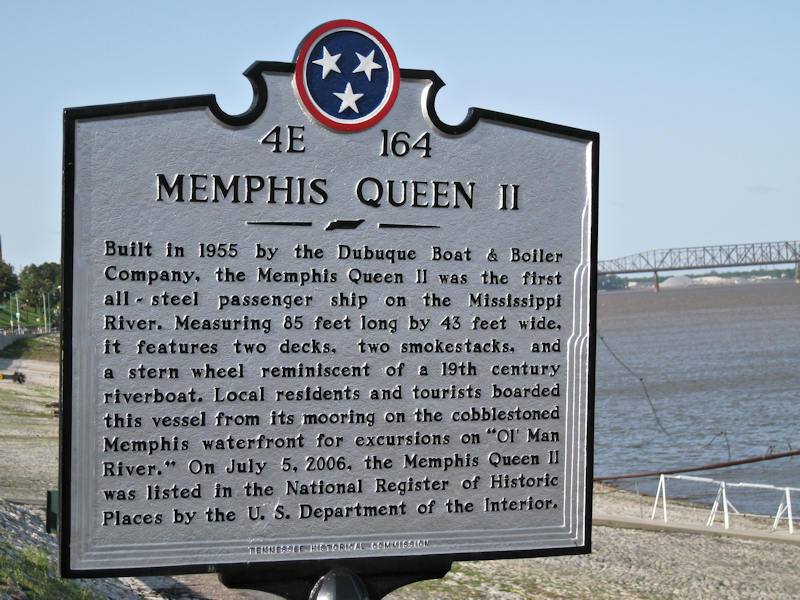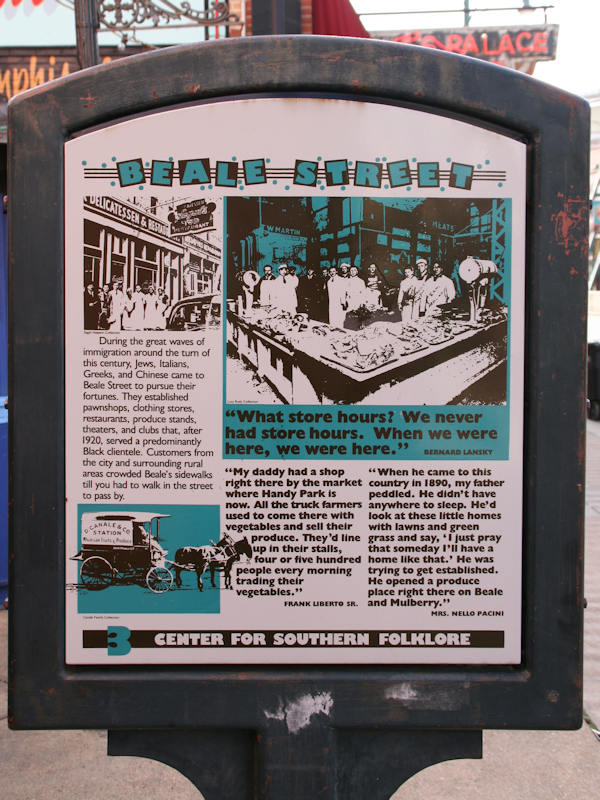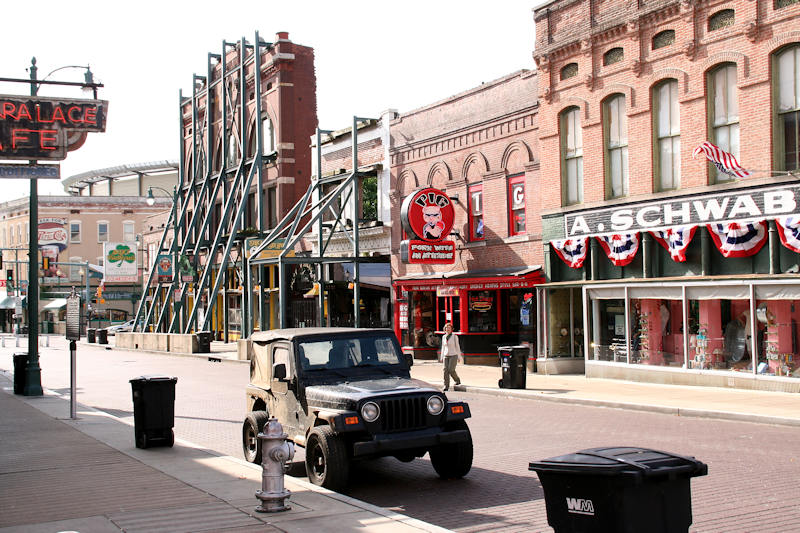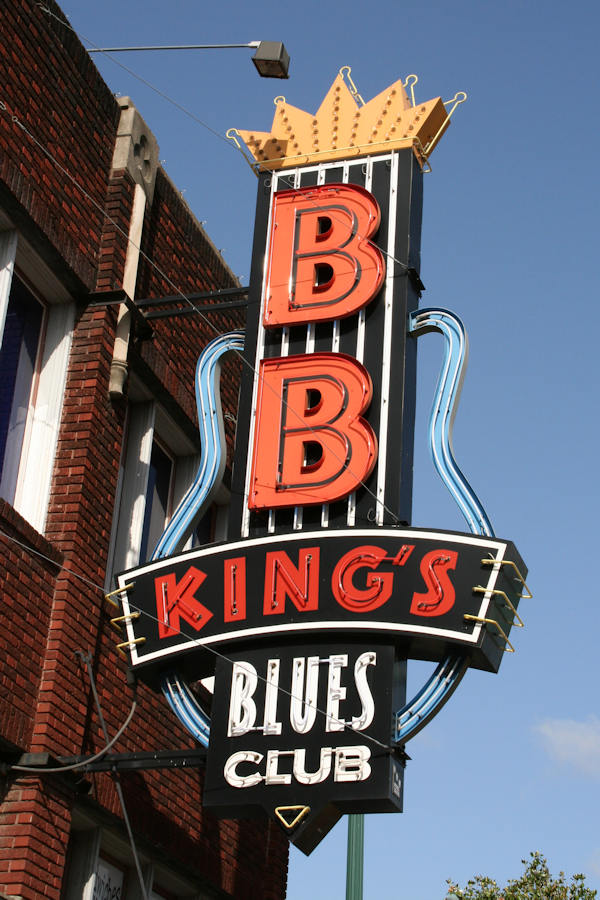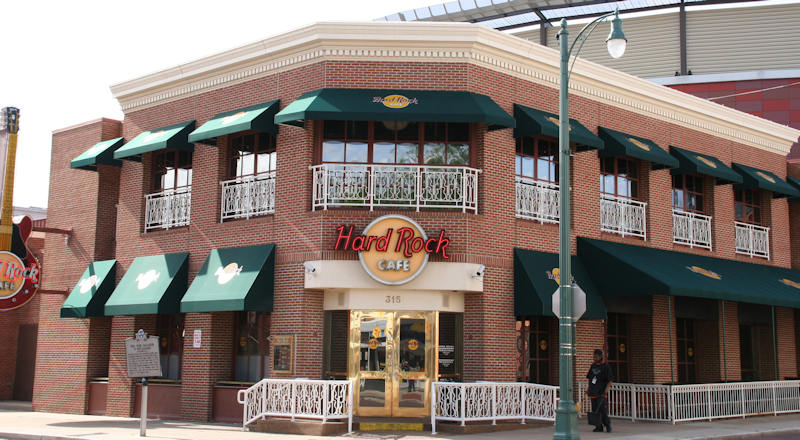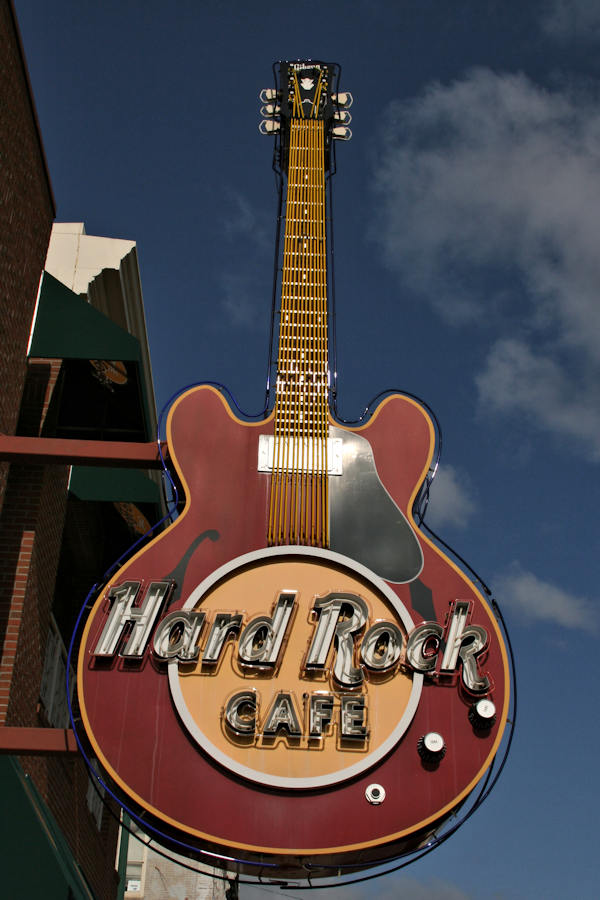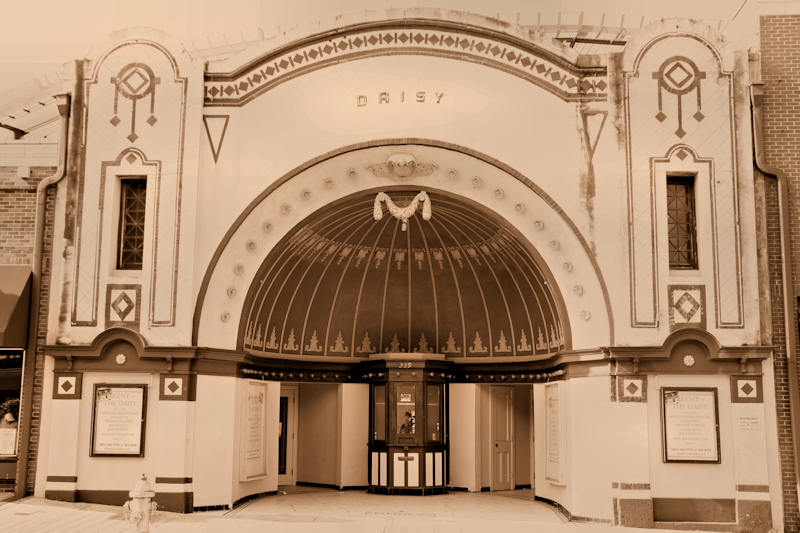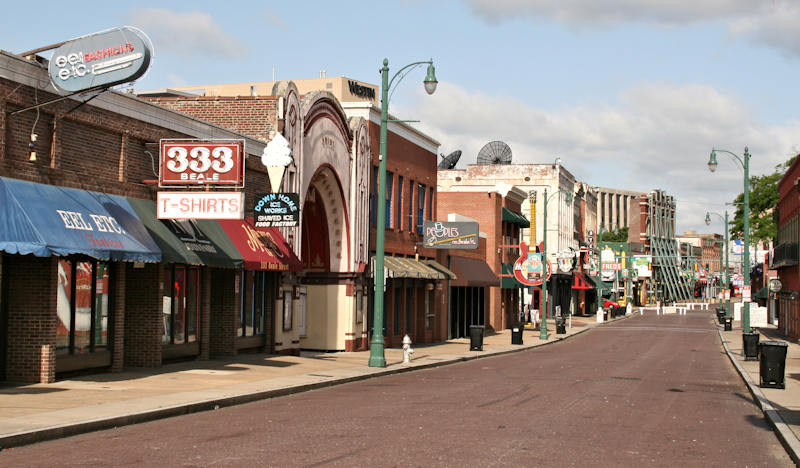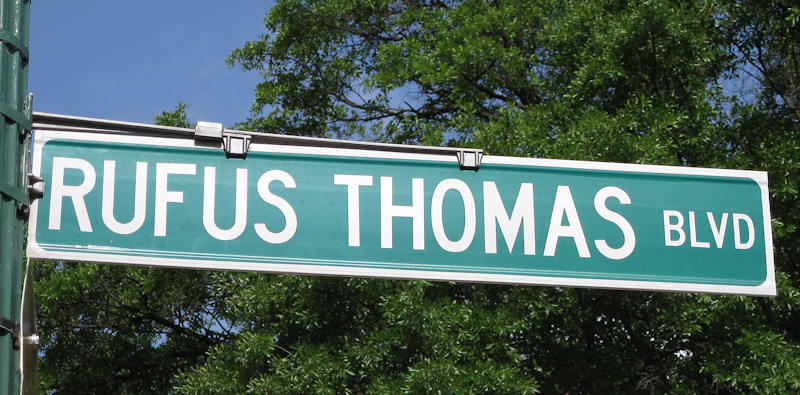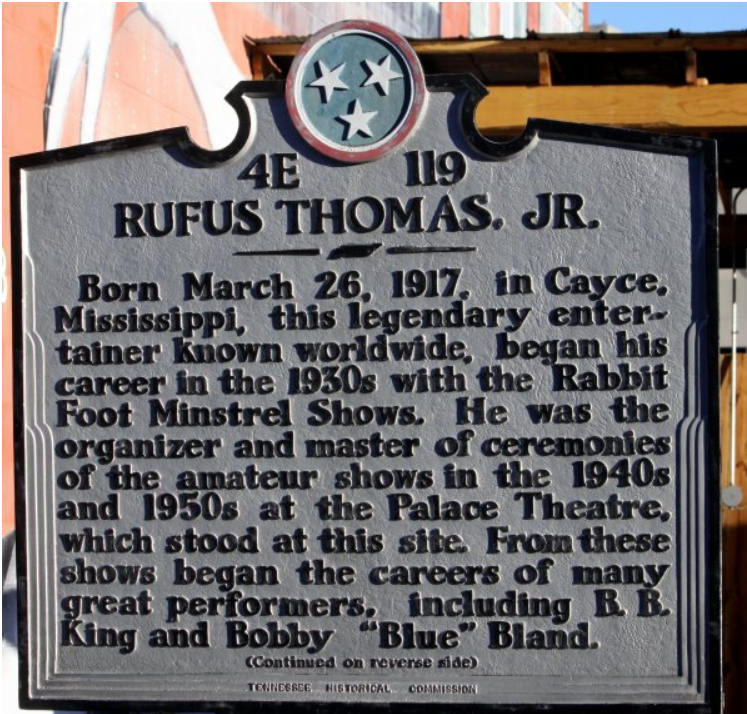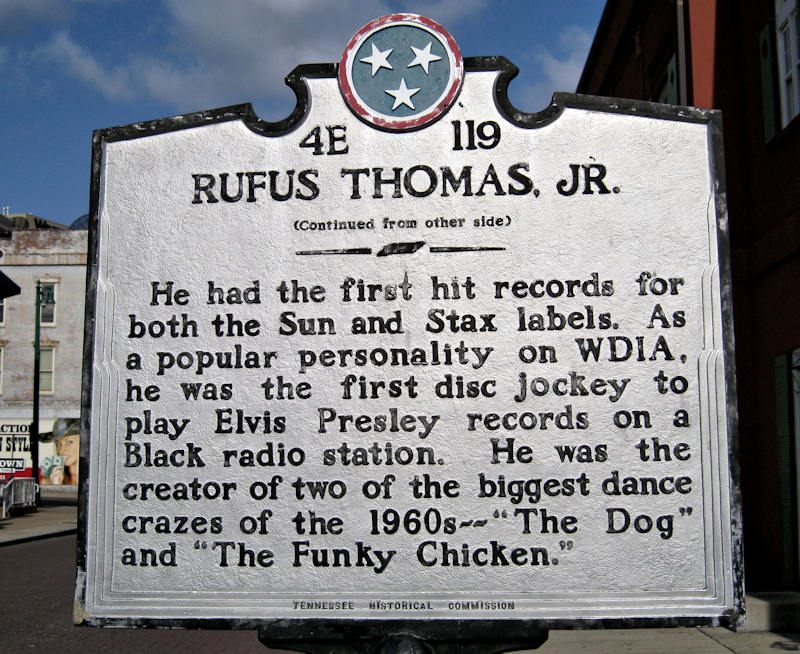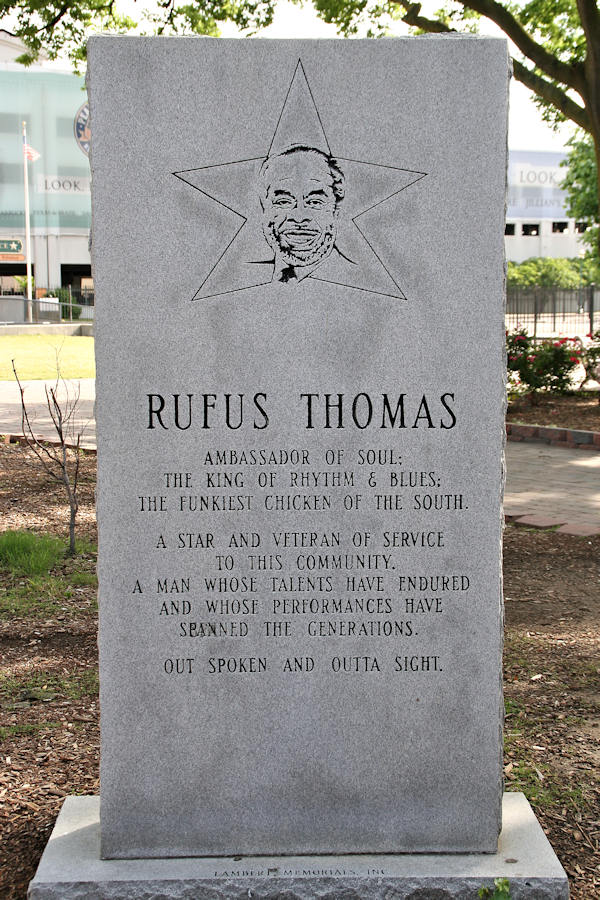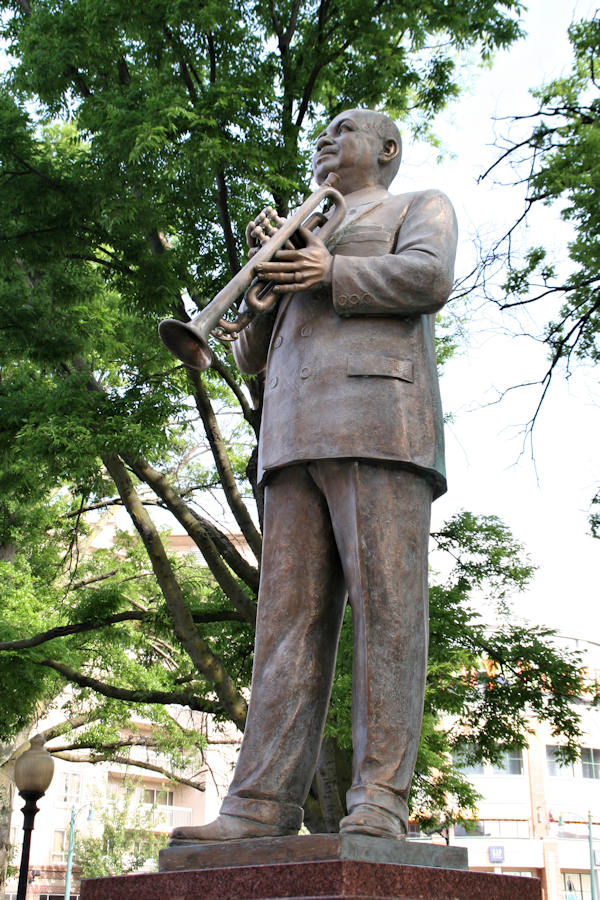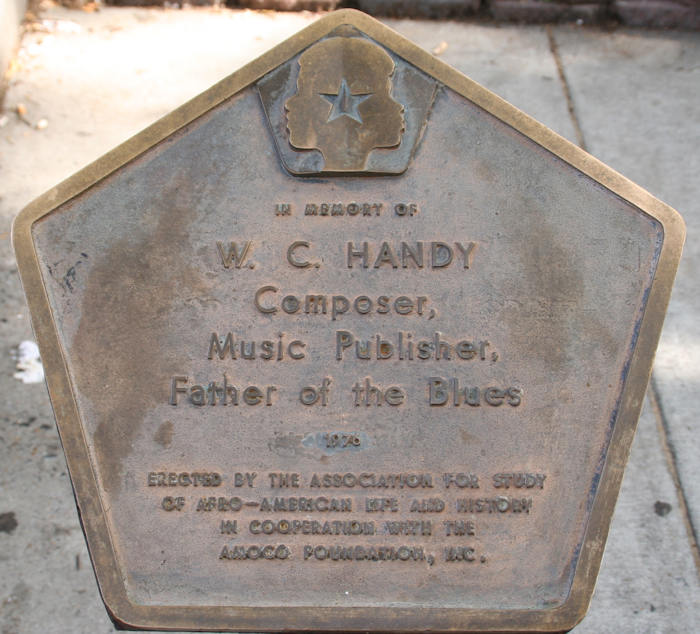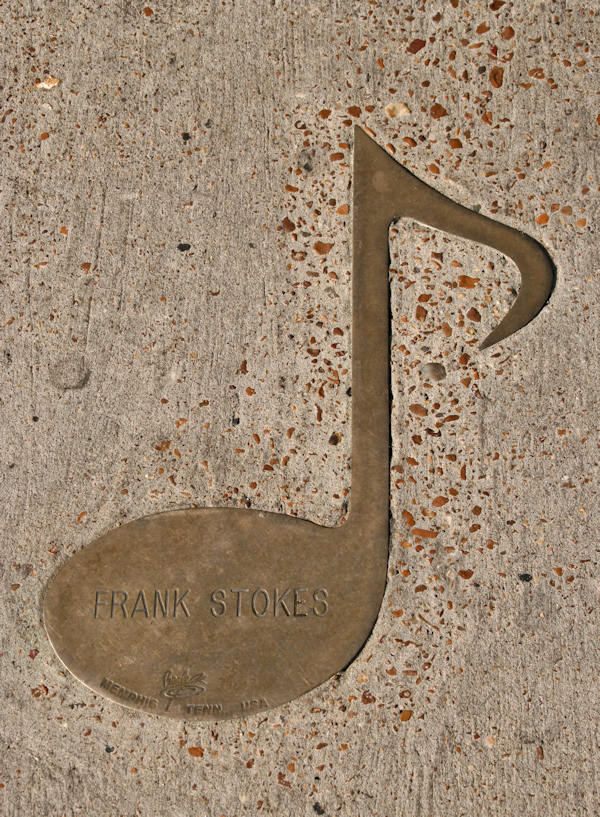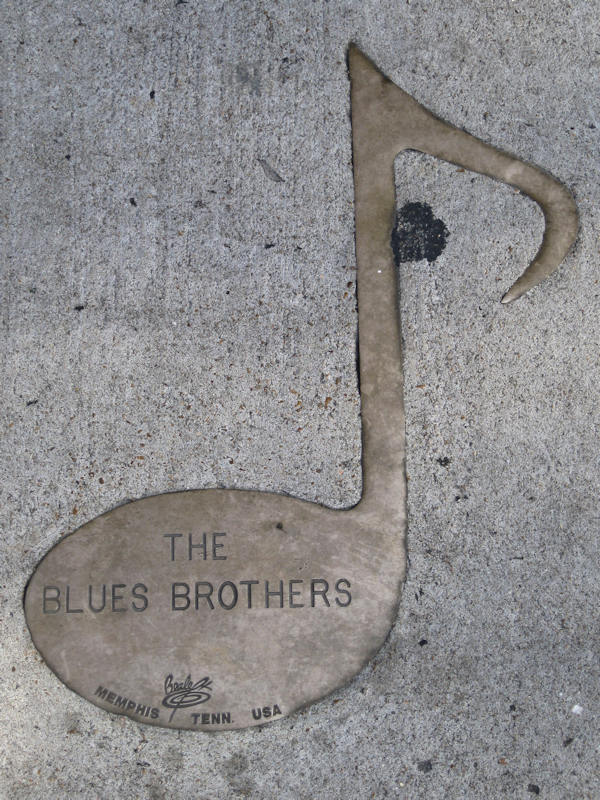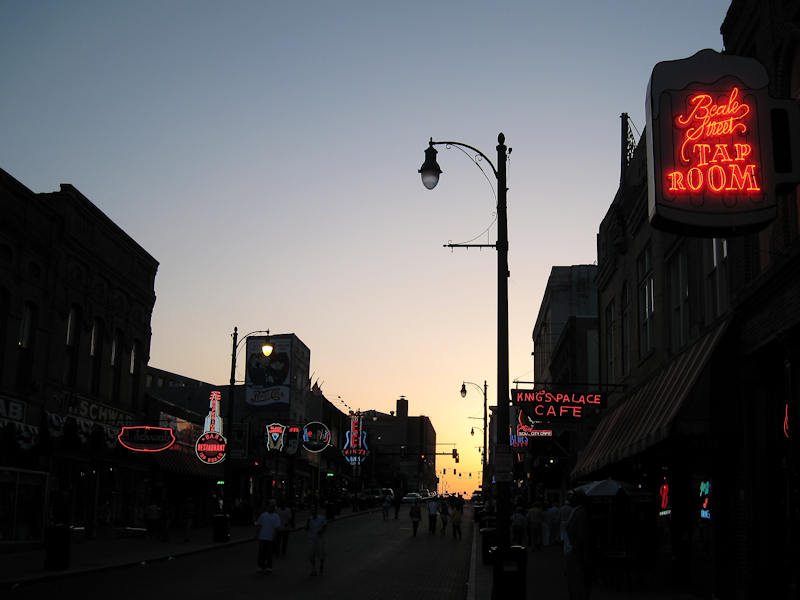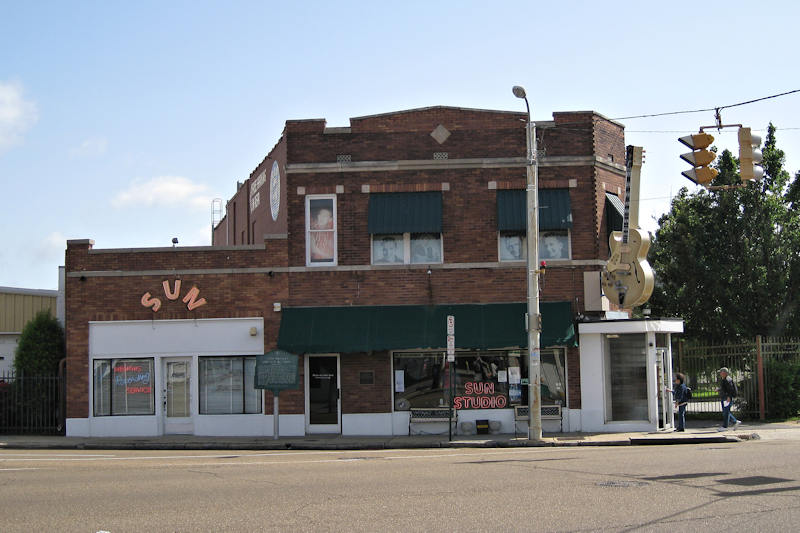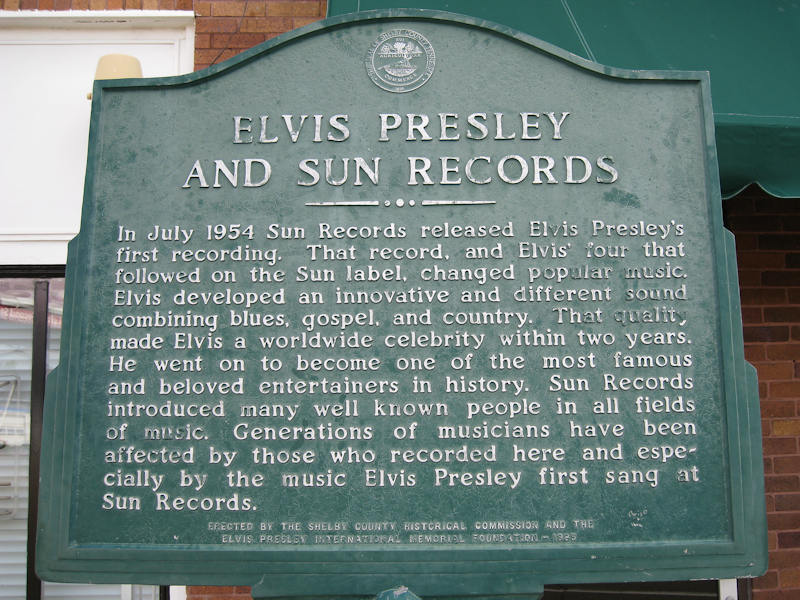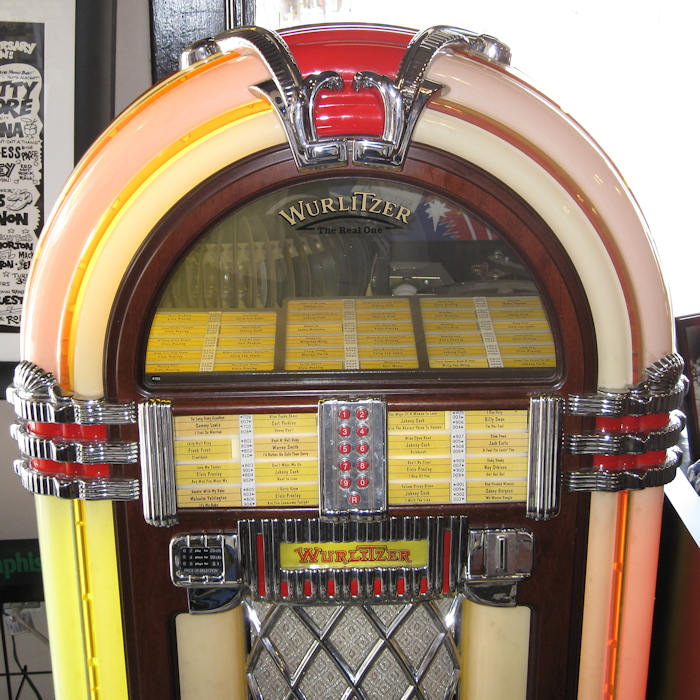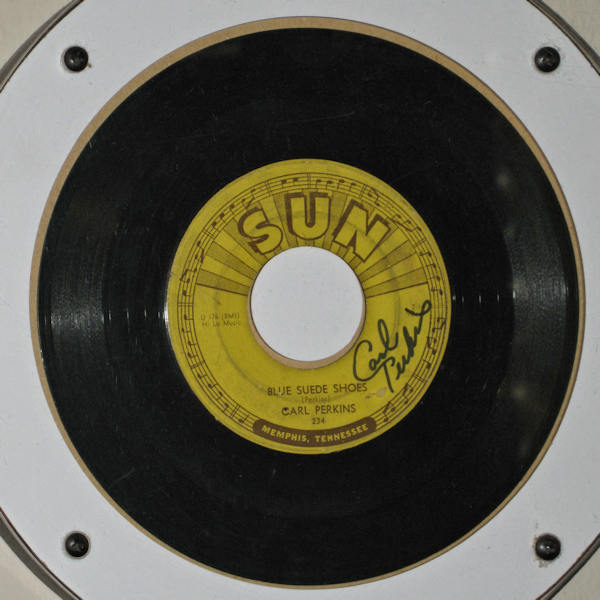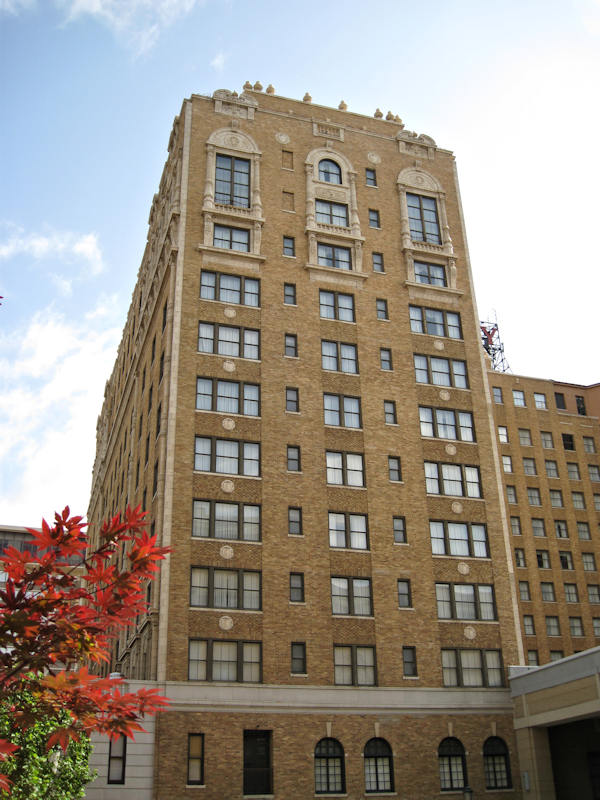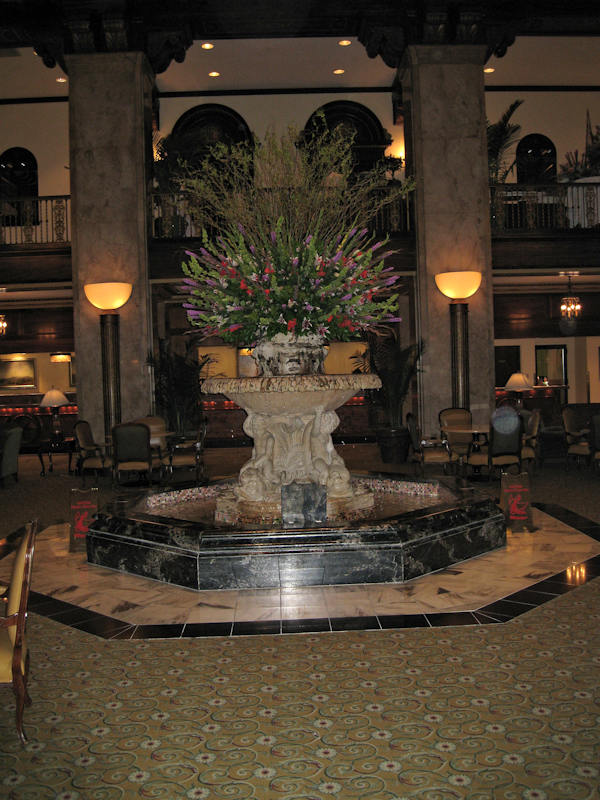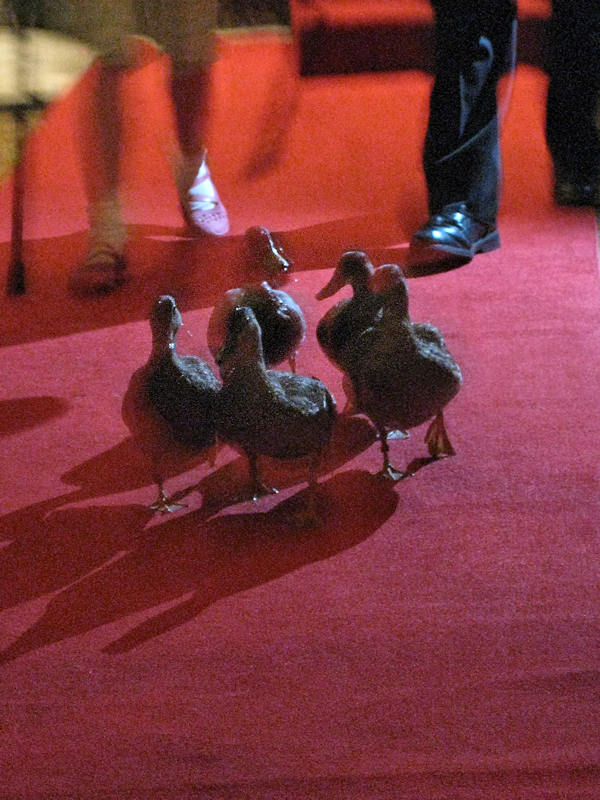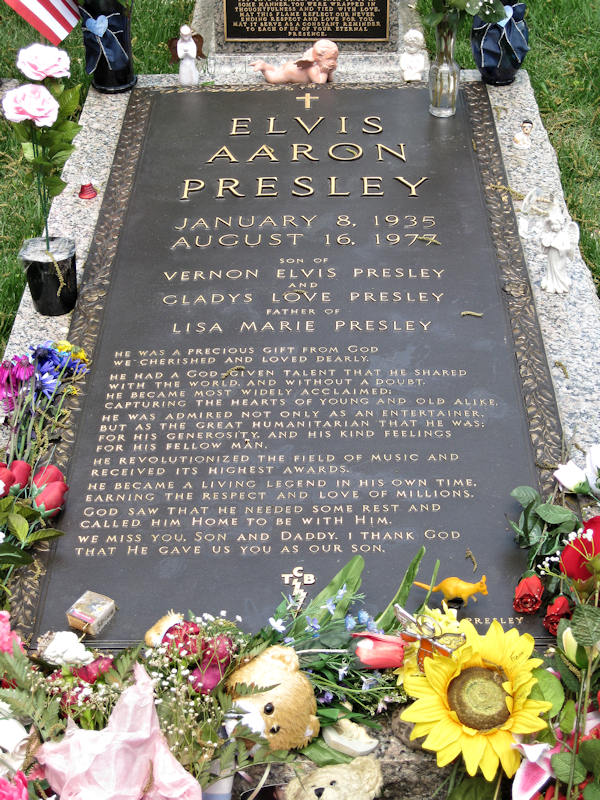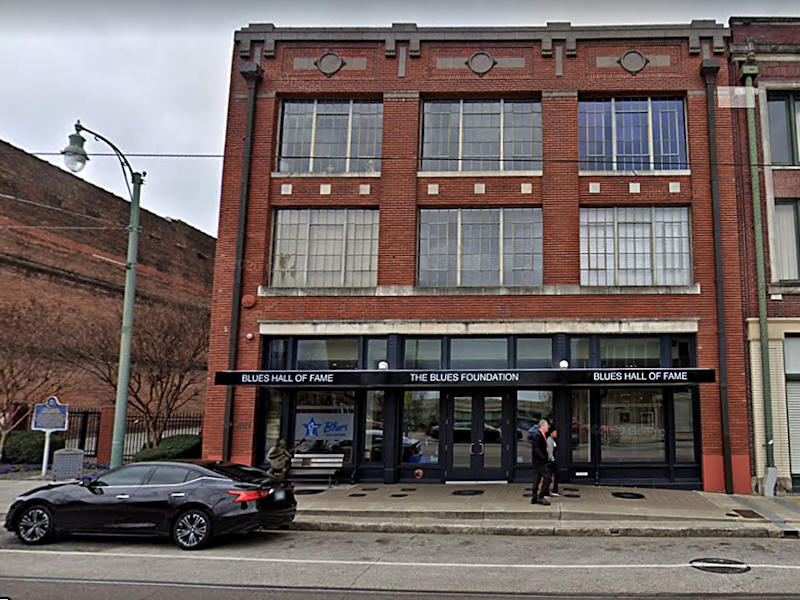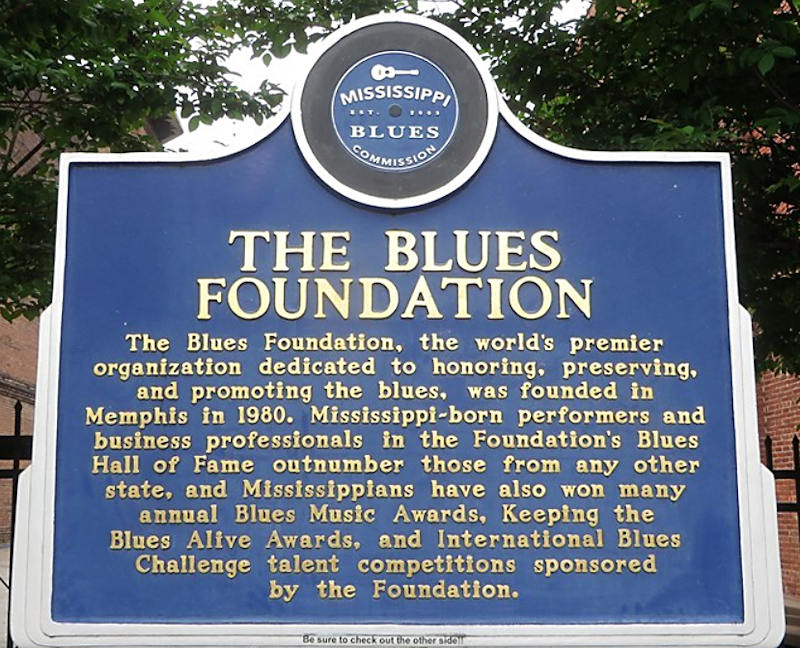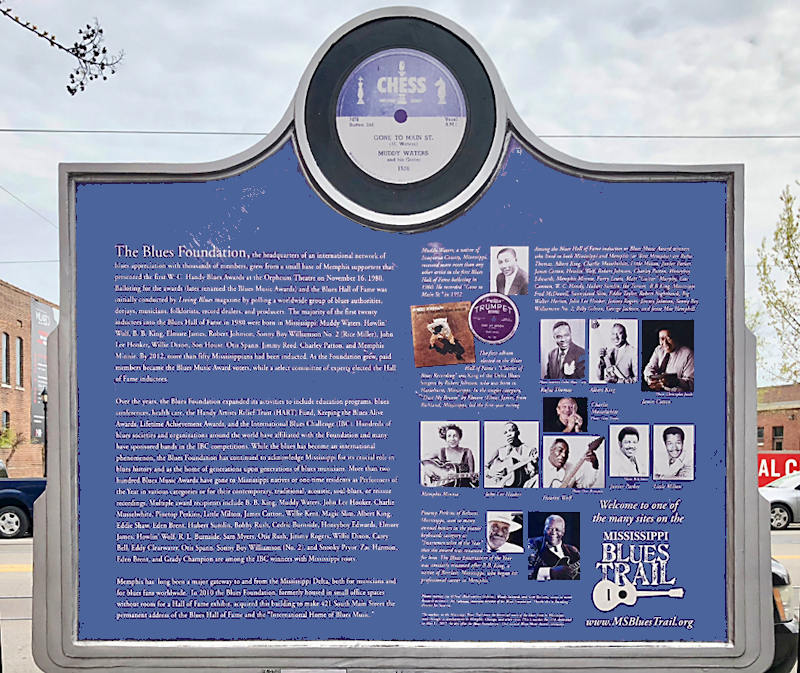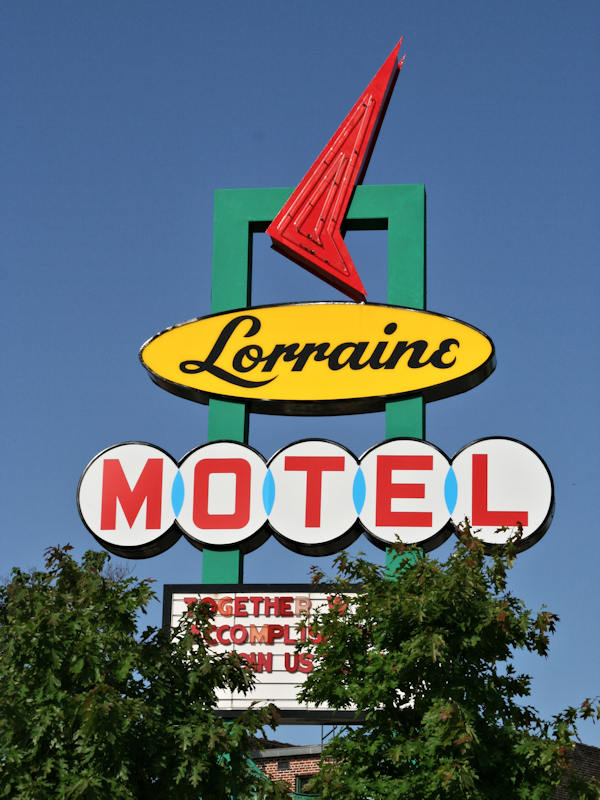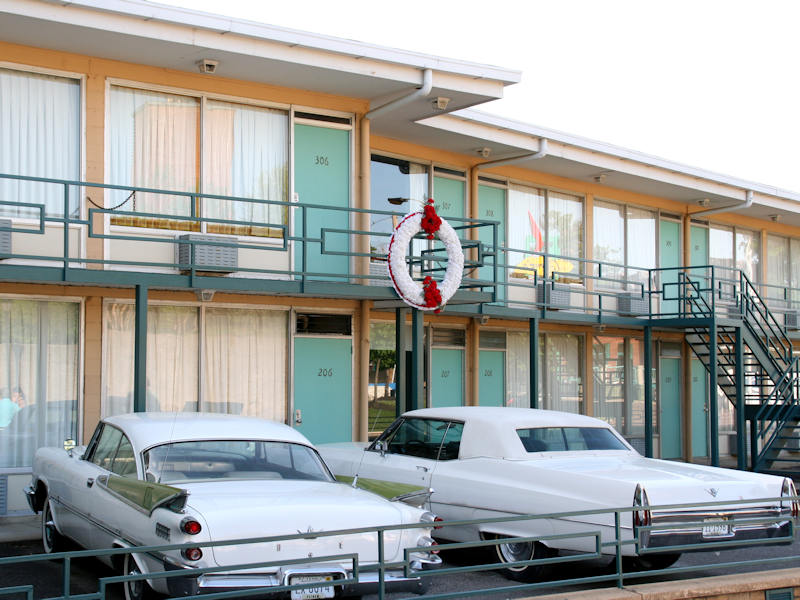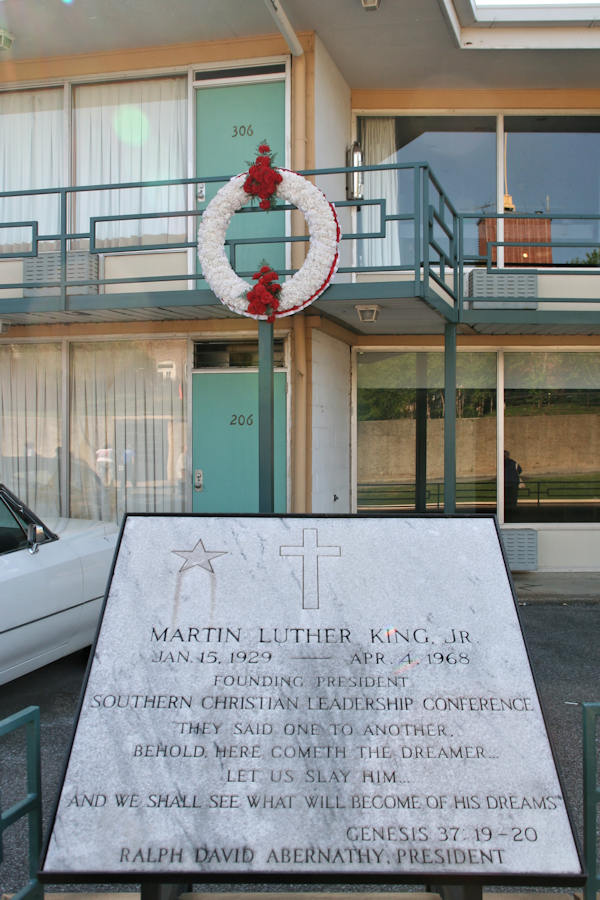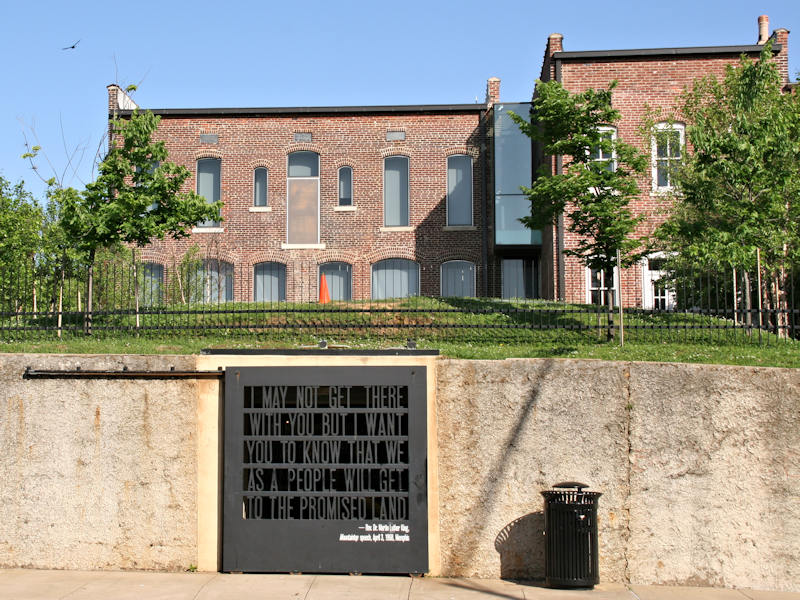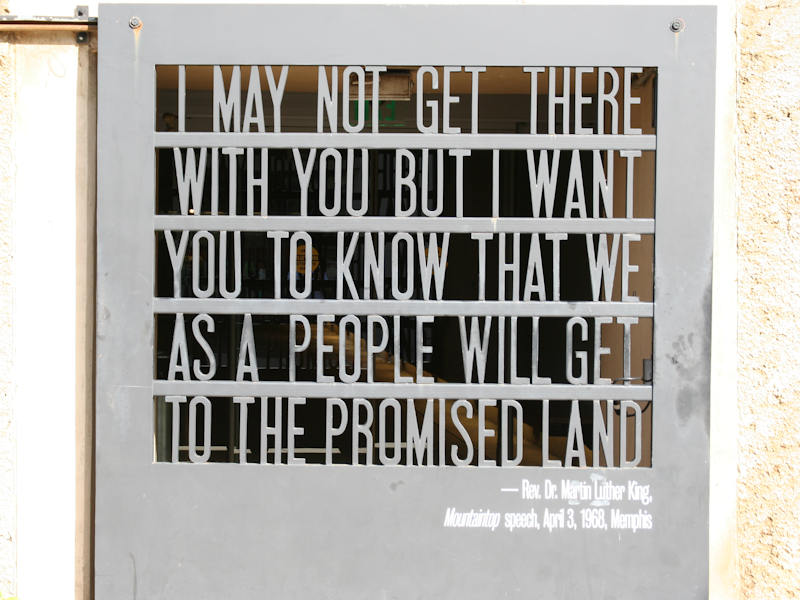Themed Photo Gallery and Information: Memphis, Tennessee
Background
Memphis is a city along the Mississippi River in southwestern Shelby County, Tennessee, United States. The 2019 population was 651,073, making Memphis the largest city on the Mississippi River, the second most populous in Tennessee, as well as the 26th largest city in the United States. Greater Memphis is the 42nd largest metropolitan area in the United States, with a population of 1,348,260 in 2017. The city is the anchor of West Tennessee and the greater Mid-South region, which includes portions of neighboring Arkansas, Mississippi, and the Missouri Bootheel. Memphis is the seat of Shelby County, Tennessee’s most populous county. One of the more historic and culturally significant cities of the southern United States, Memphis has a wide variety of landscapes and distinct neighborhoods.
The first European explorer to visit the area of present-day Memphis was Spanish conquistador Hernando de Soto in 1541 with his expedition into the New World. The high Chickasaw Bluffs protecting the location from the waters of the Mississippi was then contested by the Spanish, French, and the English as Memphis took shape. Modern Memphis was founded in 1819 by three prominent Americans: John Overton, James Winchester, and future president Andrew Jackson.
Memphis grew into one of the largest cities of the Antebellum South as a market for agricultural goods, natural resources like lumber, and the American slave trade. After the American Civil War and the end of slavery, the city experienced even faster growth into the 20th century as it became among the largest world markets for cotton and lumber.
Home to Tennessee’s largest African-American population, Memphis played a prominent role in the American civil rights movement and was the site of Dr. Martin Luther King, Jr.’s 1968 assassination. [See Civil Rights photo section below] The city now hosts the National Civil Rights Museum—a Smithsonian affiliate institution. Since the civil rights era, Memphis has become one of the nation’s leading commercial centers in transportation and logistics. Its largest employer is the multinational courier corporation FedEx, which maintains its global air hub at Memphis International Airport, making it the second-busiest cargo airport in the world. In addition to being a global air cargo leader, the International Port of Memphis also hosts the 5th busiest inland water port in the U.S., with access to the Mississippi River allowing shipments to arrive from around the world for conversion to train and trucking transport throughout the United States, making Memphis a multi-modal hub for trading goods for imports and exports despite its inland location.
Memphis is a regional center for commerce, education, media, art, and entertainment. It has long had a prominent music scene, with historic blues clubs on Beale Street originating the unique Memphis blues sound in the early 20th century. [See Beale Street photo section below] The city’s music has continued to be shaped by a multicultural mix of influences: the blues, country, rock n’ roll, soul, and hip-hop. [See Festival photos section below] Memphis barbecue has achieved international prominence, and the city hosts the World Championship Barbecue Cooking Contest, which attracts over 100,000 visitors to the city annually.
Source: Wikipedia (extract);· Text under CC-BY-SA license
Full Memphis Wikipedia entry here
Tennessee Historical Commission Markers / Photo Gallery
A selection of relevant Memphis Historical Markers by the Tennessee Historical Society and Shelby County Historical Commission (in total there are over 120 of them throughout the metropolitan area of Memphis).
Click here for more information on Stax Museum.
Click here for more information on Stax Records
Click here for more information on Isaac Hayes.
Click here for more information on WMC Radio.
Click here for more information.
Click here for more information.
Click here for more information.
Click here for more information.
Associated Articles
“The Memphis Neighbourhood of Robert Johnson’s Family” – coming soon.
Photo Gallery
A selection of personal photos taken in and around Memphis on various dates mainly with a blues or civil rights connection.
General
These photos were taken on a visit in 2008.
Flying into Memphis International Airport from Atlanta on the edge of a storm The pilot said it would be an interesting and bumpy ride – and it was!.
Picked up a hire car and drove to a downtown hotel through storm force rain (the likes we very rarely get in the UK!).Somewhat challenging driving along a six lane highway with rain lashing the windscreen whilst also trying to find our hotel! In fact the storm turned into a tornado a few miles south on Memphis, we saw the devastation a few days later, but that’s another story. Photos and description in another article.
The view from our Comfort Inn hotel of the iconic Hernando de Soto Bridge carrying Interstate 40 over the Mississippi River.
Click here for more information.
The Riverfront Loop Tram taking us along the river front to downtown. Excellent trip.
Click here for more information.
Riberboats moored alongside Riverside Drive.
Click here for more information.
Beale Street
Downtown Entertainment Center, Beale Street. Notice something odd – no tourists! These photos were taken very early on a Sunday morning.
Old advertising sign opposite Schwabs store.
Essential to visit (but closed at the time these photos were taken).
A. Schwab dry goods store is the only remaining original business on Beale Street in Memphis, Tennessee. A family owned store, their motto is “If you can’t find it at A. Schwab, you’re probably better off without it!”
Established in 1876 by Abraham Joseph Schwab, an Alsatian Jewish immigrant, the store is a local tourist attraction with two floors of shopping and, between the first and second floors, a small balcony which houses the Beale Street Museum, a collection of Beale Street memorabilia along with several items and records of the Schwab family, which has run the store throughout its lifetime. It began as a men’s haberdashery, transitioned to a dry goods store, and later evolved into a seller of quirky merchandise. Products include various hoodoo items, assorted dry goods, and tourist memorabilia. A. Schwab’s was also the retailer of the largest overalls in the world which sold two pair a year. The overalls were so large they hung from the ceiling.
A. Schwab, the oldest store in the Mid-South, is housed in the oldest remaining building on Beale Street. The store was founded at another location on Beale Street and moved to 163 Beale Street in 1911 and expanded into 165 in 1922. Both of these buildings were constructed before 1890. Prior to the expansion, 165 Beale housed a Piggly Wiggly. After 136 years, the Schwab family sold the business at the end of 2011.
Source: Wikipedia. Text under CC-BY-SA license
Gallina Exchange Building. Built in 1891 it was originally “a three-story 24/7 saloon complete with a gambling hall with walnut paneling”.
Click here for more information.
Pee Wee Saloon, as the Hard Rock Cafe in 2008, it’s now the Tin Roof music joint. The Hard Rock Cafe has re-located to the old Lansky building on Baele just across from BB King’ Blues Club.
The Historical Daisy, sometimes known as The Old Daisy, is located at 329 Beale Street in the Beale Street Historic District, the #1 tourist attraction in the State of Tennessee. Built in 1902, the Daisy is a prime surviving example of nickelodeon architecture from the early cinema era. The Historical Daisy features a beautiful half dome entrance, upstairs and downstairs bar, half-moon full stage, stage lighting, and dance.
Source: DowntownMemphis
Old Daisy on the left, New Daisy just out of view on the right.
FedExForum, located just behind The Old Daisy, is a multi-purpose arena located in downtown Memphis, Tennessee. It is the home of the Memphis Grizzlies of the NBA and the NCAA Division I men’s basketball program of the University of Memphis, both of whom previously played home games at Pyramid Arena. The venue also has the capability of hosting ice hockey games, concerts, and family shows.
Source: Wikipedia
Celebrating the life of Rufus Thomas
Click here for more information.
Above image not one of mine – courtesy of Tennessee Historical Commission. Included here for completeness.
W.C. Handy statue in Handy Park. An outdoor amphitheater with capacity for 2,000 people, home to blues performers, concerts, and night life.
Click here for more information on W.C. Handy.
Sun setting on Beale.
Sun Studio
Peabody Hotel
A small section of the majestic Peabody Hotel.
The Peabody Hotel is probably best known for a custom dating back to the 1930s. The General Manager of the time, Frank Schutt, had just returned from a weekend hunting trip in Arkansas. He and his friends found it amusing to leave three of their live English call ducks in the hotel fountain. The guests loved the idea, and since then, five Mallard ducks (one drake and four hens) have played in the fountain every day.
The hotel lobby with famous fountain.
The ducks waddlng back from their daily swim in the fountain.
Click here for more details – History
Click here for more details – The Hotel Website
Graceland
Memphis Music & Heritage Festival (2006)
Here is a sample of just one of the many festivals in Memphis.
Coming soon.
Blues Foundation
The Blues Foundation / Blues Hall of Fame at 421 South Main, Memphis. Just across from The National Civil Rights Museum at The Lorraine Hotel (see below).
Click here for more information.
Text:
The Blues Foundation, the world’s premier organization dedicated to honoring, preserving, and promoting the blues, was founded in Memphis in 1980. Mississippi-born performers and business professionals in the Foundation’s Blues Hall of Fame outnumber those from any other state, and Mississippians have also won many annual Blues Music Awards, Keeping the Blues Alive Awards, and International Blues Challenge talent competitions sponsored by the Foundation.
The Blues Foundation, the headquarters of an international network of blues appreciation with thousands of members, grew from a small base of Memphis supporters that presented the first W. C. Handy Blues Awards at the Orpheum Theatre on November 16, 1980. Balloting for the awards (later renamed the Blues Music Awards) and the Blues Hall of Fame was initially conducted by Living Blues magazine by polling a worldwide group of blues authorities, deejays, musicians, folklorists, record dealers, and producers. The majority of the first twenty inductees into the Blues Hall of Fame in 1980 were born in Mississippi: Muddy Waters, Howlin’ Wolf, B. B. King, Elmore James, Robert Johnson, Sonny Boy Williamson No. 2 (Rice Miller), John Lee Hooker, Willie Dixon, Son House, Otis Spann, Jimmy Reed, Charley Patton, and Memphis Minnie. By 2012, more than fifty Mississippians had been inducted. As the Foundation grew, paid members became the Blues Music Award voters, while a select committee of experts elected the Hall of Fame inductees.
Over the years, the Blues Foundation expanded its activities to include education programs, blues conferences, health care, the Handy Artists Relief Trust (HART) Fund, Keeping the Blues Alive Awards, Lifetime Achievement Awards, and the International Blues Challenge (IBC). Hundreds of blues societies and organizations around the world have affiliated with the Foundation and many have sponsored bands in the IBC competitions. While the blues has become an international phenomenon, the Blues Foundation has continued to acknowledge Mississippi for its crucial role in blues history and as the home of generations upon generations of blues musicians. More than two hundred Blues Music Awards have gone to Mississippi natives or one-time residents as Performers of the Year in various categories or for their contemporary, traditional, acoustic, soul-blues, or reissue recordings. Multiple award recipients include B. B. King, Muddy Waters, John Lee Hooker, Charlie Musselwhite, Pinetop Perkins, Little Milton, James Cotton, Willie Kent, Magic Slim, Albert King, Eddie Shaw, Eden Brent, Hubert Sumlin, Bobby Rush, Cedric Burnside, Honeyboy Edwards, Elmore James, Howlin’ Wolf, R. L. Burnside, Sam Myers, Otis Rush, Jimmy Rogers, Willie Dixon, Carey Bell, Eddy Clearwater, Otis Spann, Sonny Boy Williamson (No. 2), and Snooky Pryor. Zac Harmon, Eden Brent, and Grady Champion are among the IBC winners with Mississippi roots.
Memphis has long been a major gateway to and from the Mississippi Delta, both for musicians and for blues fans worldwide. In 2010 the Blues Foundation, formerly housed in small office spaces without room for a Hall of Fame exhibit, acquired this building to make 421 South Main Street the permanent address of the Blues Hall of Fame and the “International Home of Blues Music.”
Source: Mississippi Blues Trail (Out of State Marker – one of the few)
The above three images are not mine (courtesy Google / Mississippi Blues Trail) but are included for consistency.
Dr. Martin Luther King Jr. / National Civil Rights Museum at the Lorraine Motel
Clck here for more information.
